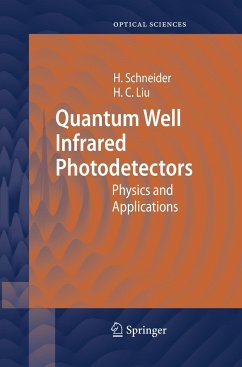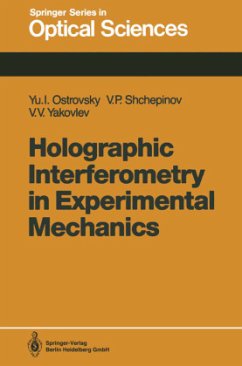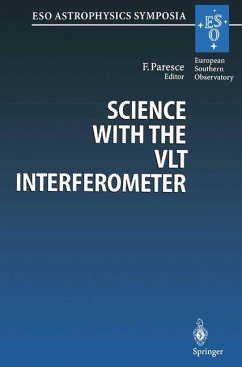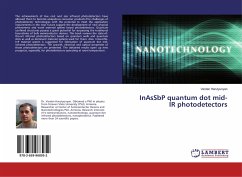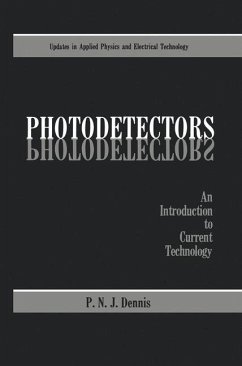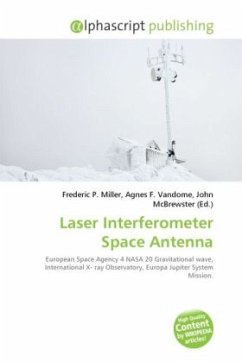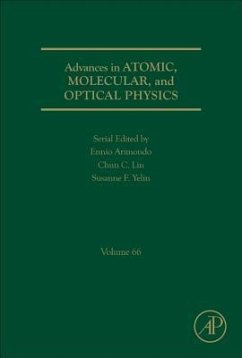
Basics of Interferometry

PAYBACK Punkte
33 °P sammeln!
Optical interferometry is used in communications, medical imaging, astonomy, and structural measurement. With the use of an interferometer engineers and scientists are able to complete surface inspections of micromachined surfaces and semiconductors. Medical technicians are able to give more consise diagnoses with the employ of interferometers in microscopy, spectroscopy, and coherent tomography.Originating from a one-day course, this material was expanded to serve as an introduction to the topic for engineers and scientists that have little optical knowledge but a need for more in their daily...
Optical interferometry is used in communications, medical imaging, astonomy, and structural measurement. With the use of an interferometer engineers and scientists are able to complete surface inspections of micromachined surfaces and semiconductors. Medical technicians are able to give more consise diagnoses with the employ of interferometers in microscopy, spectroscopy, and coherent tomography.
Originating from a one-day course, this material was expanded to serve as an introduction to the topic for engineers and scientists that have little optical knowledge but a need for more in their daily work lives. The need for interferometry knowledge has crossed the boundaries of engineering fields and Dr. Hariharan has written a book that answers the questions that new practitioners to interferometry have and haven't even thought of yet. Basics of Interferometry, Second Edition includes complete updates of all material with an emphasis on applications. It also has new chapters on white-light microsopy and interference with single photons.
Originating from a one-day course, this material was expanded to serve as an introduction to the topic for engineers and scientists that have little optical knowledge but a need for more in their daily work lives. The need for interferometry knowledge has crossed the boundaries of engineering fields and Dr. Hariharan has written a book that answers the questions that new practitioners to interferometry have and haven't even thought of yet. Basics of Interferometry, Second Edition includes complete updates of all material with an emphasis on applications. It also has new chapters on white-light microsopy and interference with single photons.





